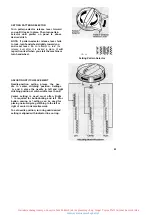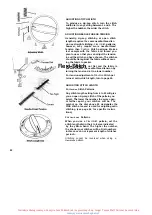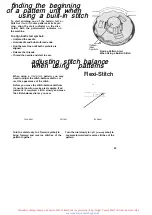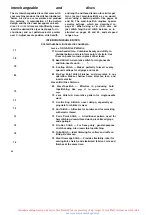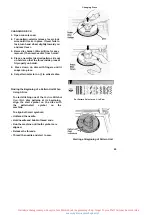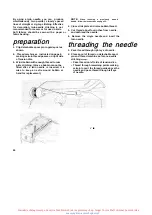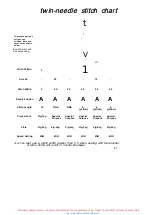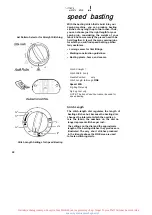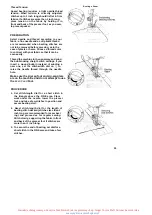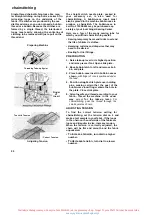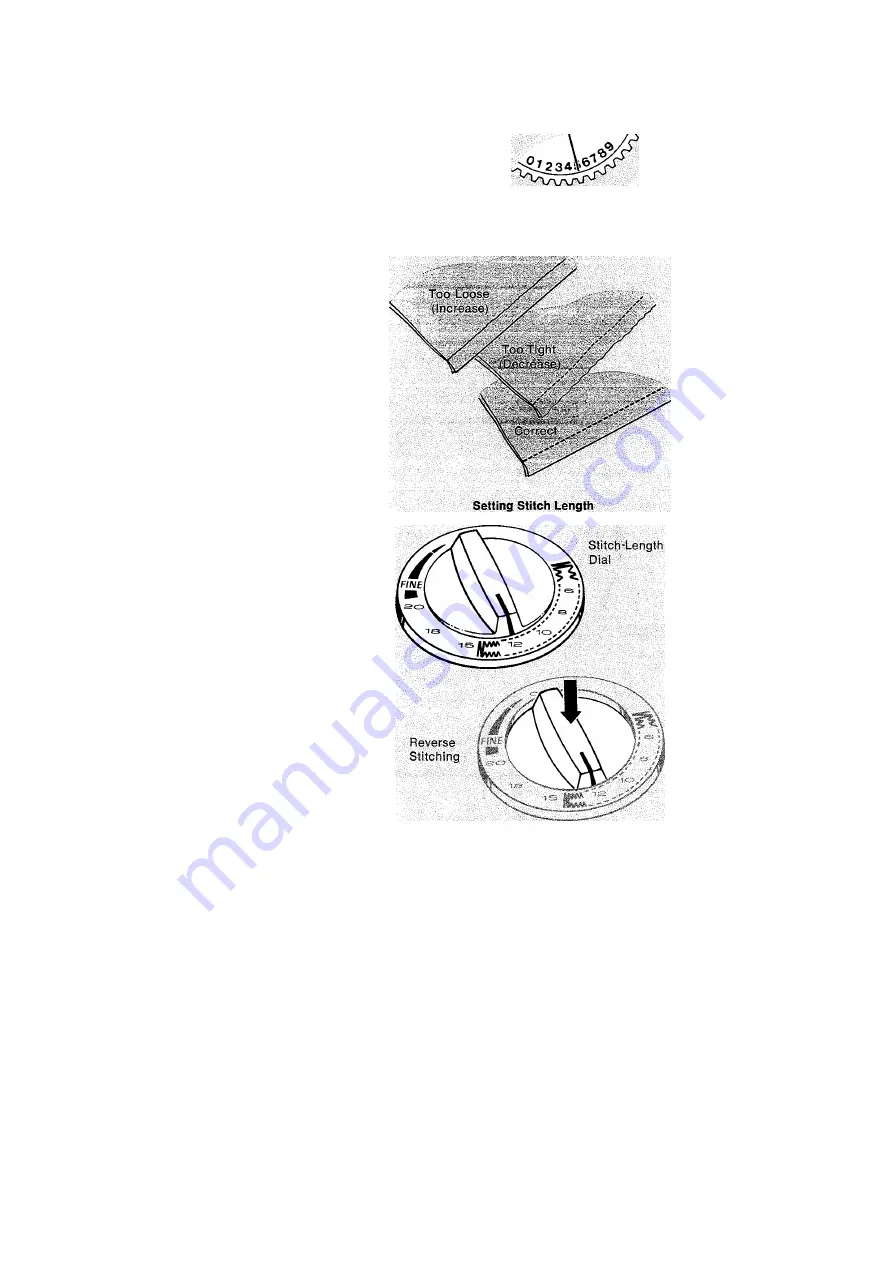
Regulating Needle-thread Tension
REGULATING NEEDLE-THREAD
TENSION
The tension dial reguiates the degree of ten
sion on your needie thread and iets you select
just the right setting for your stitch, thread,
and fabric. The numbers on the dial eliminate
guesswork in duplicating settings.
Correct tension is important because too much
or too little will weaken your seams. To find
the correct tension setting, make a test on a
sample of your fabric. If the fabric puckers or
the bobbin thread is pulied to the fabric sur
face, decrease tension. If the surface or under
side stitches look loose, increase tension.
• To increase tension, turn dial to a higher
number.
• To decrease tension turn dial to a lower
number.
NOTEr
The tension dial controls needle-thread
tension only. Bobbin-thread tension has been
correctly set at the factory, and you do not
need to adjust it.
SETTING STITCH LENGTH
The stitch-length dial regulates the length of
both straight and zig-zag stitches. The num
bers 6 to 20 represent the number of straight
stitches per inch:
the higher the number, the
shorter the stitch.
Generaily, shorter stitches
are best for lightweight fabric; longer ones for
heavy fabric. Curved seams, bias-cut seams,
and scallops require short straight stitches
(15 to 20) for elasticity and smooth contours.
Bound buttonhoies should be sewn with a
short stitch for durability and strength.
• To set stitch iength, turn dial to setting
desired.
•
• For reverse stitching, press diai ali the way
down and hoid in piace.
15
Instrukcje obsługi maszyn do szycia firm Polskich jak i zagranicznych np. Singer Toyota Pfaff Gritzner Łucznik Arka





















